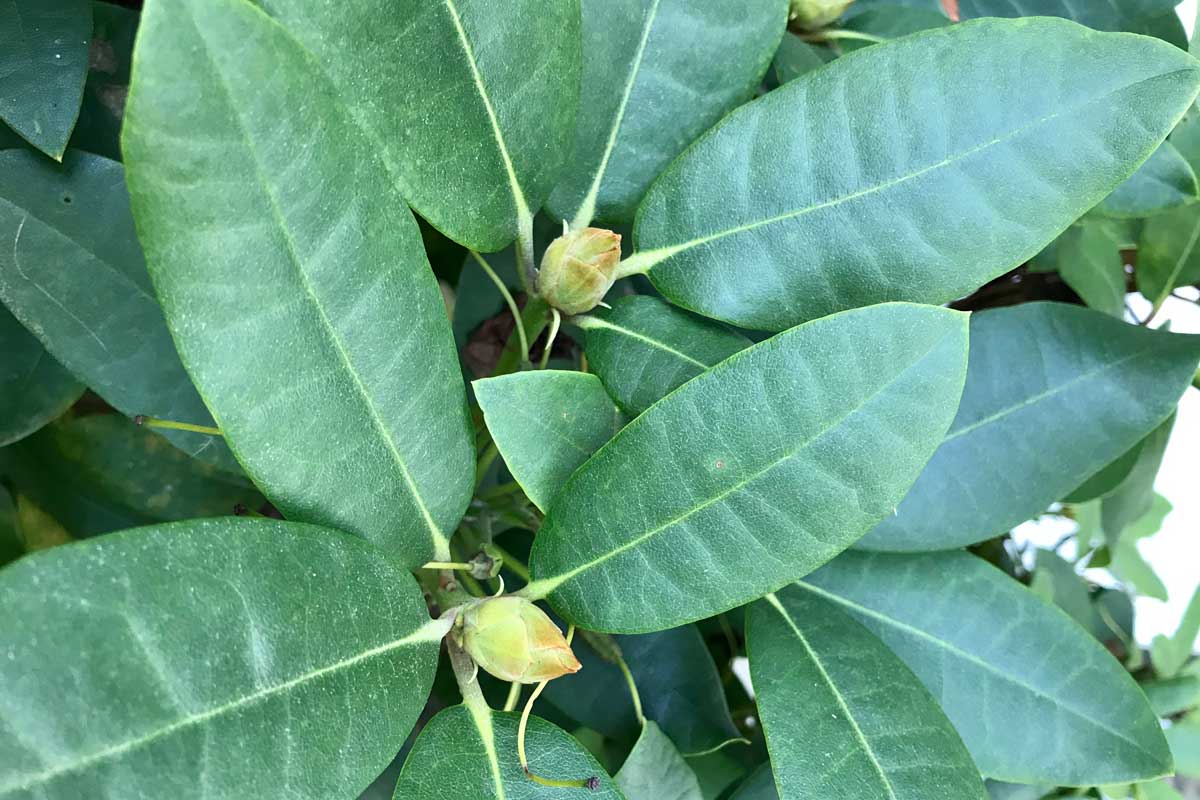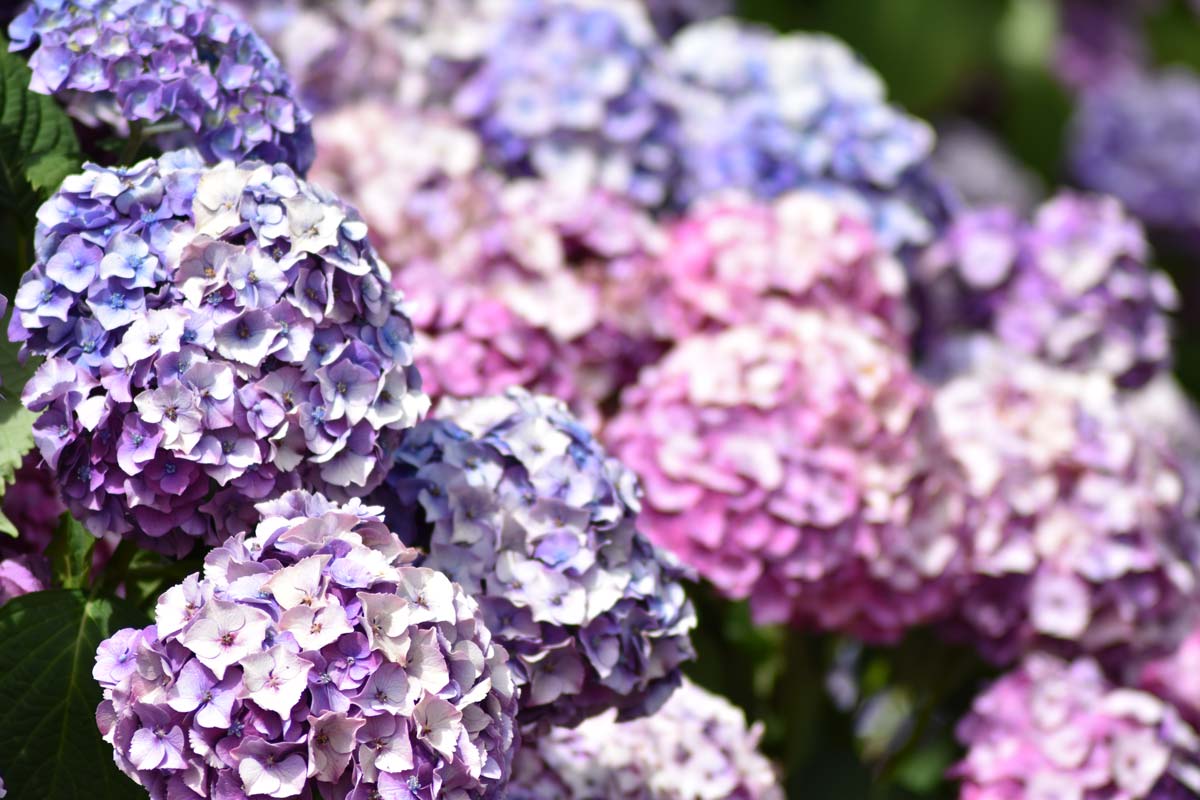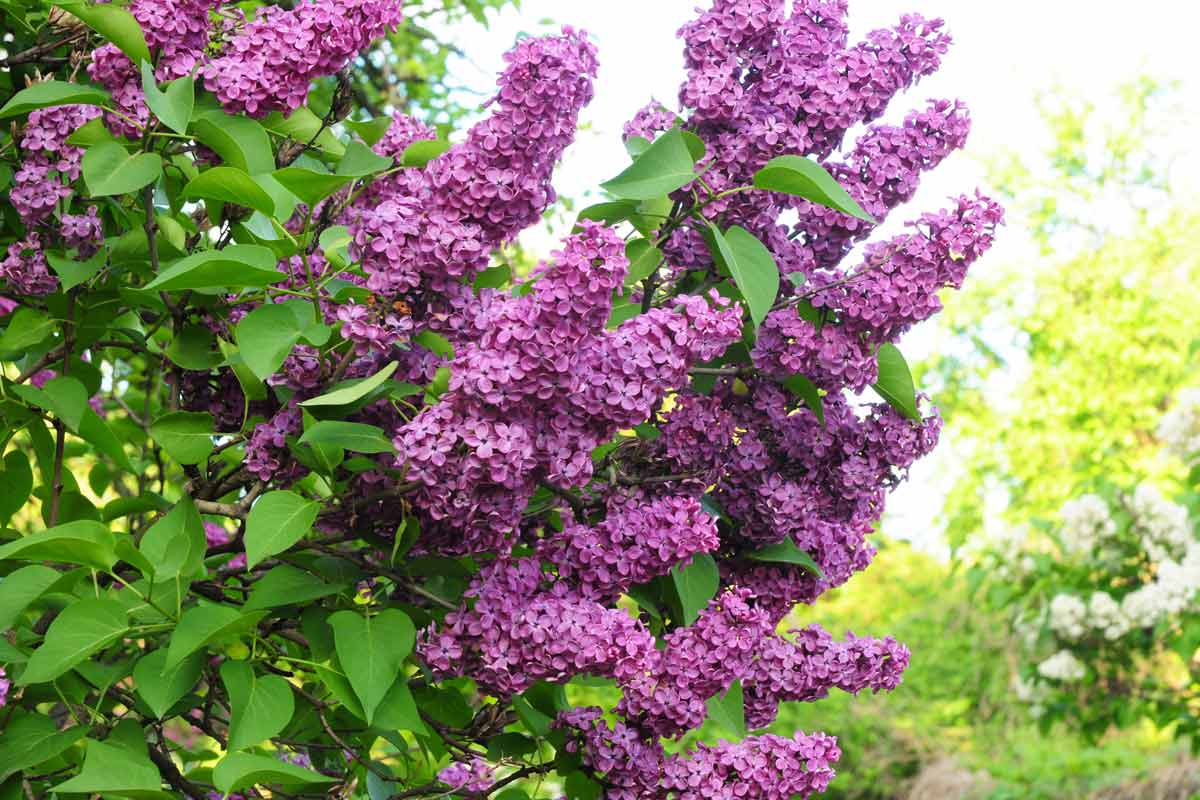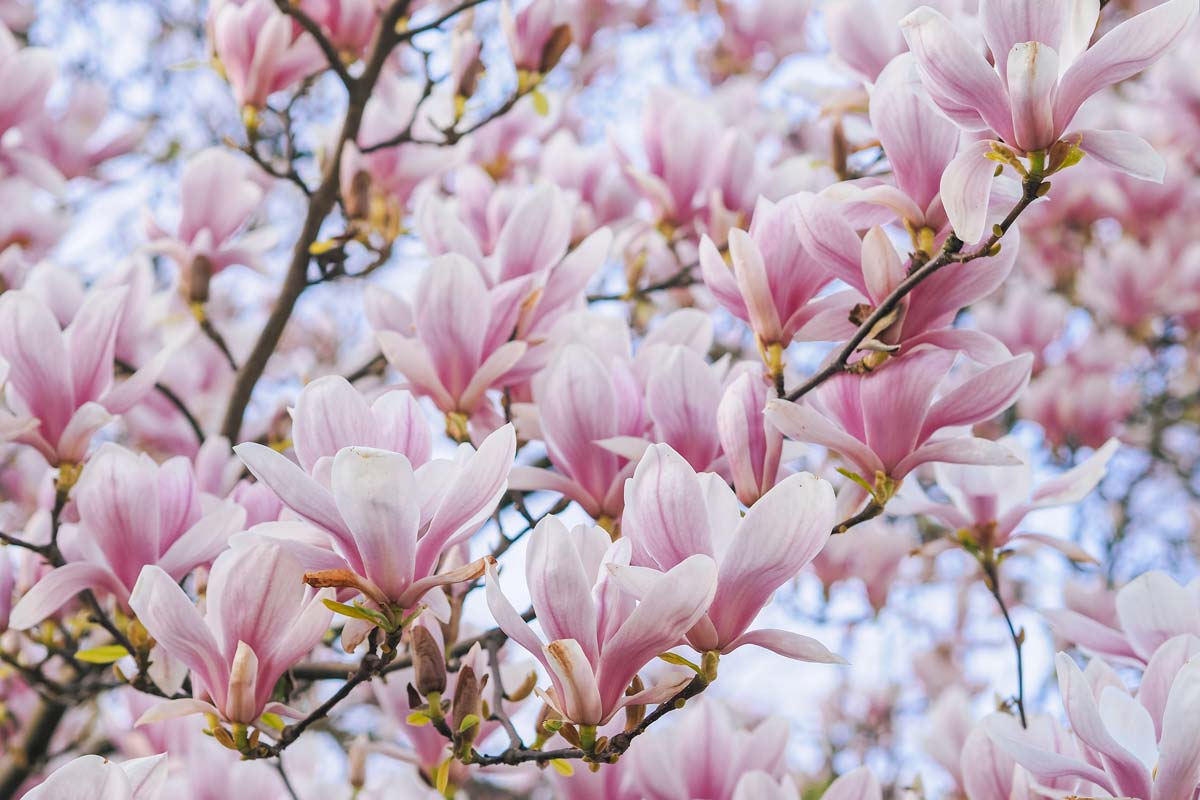Why Fall Really is a Good Time to Plant
The cooler temps and damper conditions mean fall is a great time to plant. Here are tips for plant shopping this time of year.

Within a month or so of blooming, Rhododendrons will put on new buds like the ones shown here, that will flower the following spring (depending on where you live). So, pruning in fall would eliminate these spring blooms.
Although it is a time when many gardeners want to prune after a season of growth, fall is the worst time to prune most landscape plants. In general, you should follow this pruning schedule for your gardens and landscapes:
In addition to seasonal pruning rules, there are also some specific species that you should prune at specific times, as listed below.
One category of plants you really shouldn’t prune in the fall or winter is shrubs that flower in early spring. These plants produce flowers on old branches, that grew new flower buds late in the preceding season. The buds develop over winter, and then open in spring. If you prune these plants in fall or winter before they flower, you’ll cut off the buds, and have no blooms that season. These plants include lilacs, azaleas, forsythias, fothergillas, weigelas, viburnums, big-leaf hydrangeas, deutzias, and most rhododendrons.
This same philosophy is true if you want a good flower show from early-spring trees, such as redbuds, dogwoods, cherries, crabapples, and most magnolias. Don’t prune them in fall or winter.
Even if you don’t know the name of a shrub or tree, you can tell when to prune it by when it blooms. If it flowers in June or before, wait until immediately after flowering to cut. If it blooms in summer (i.e. butterfly bush, rose-of-sharon, crape myrtle, caryopteris, and panicle hydrangeas), the best time to prune is the end of winter.

Ryan Cuss / iStock / Getty Images Plus

Lex20 / iStock / Getty Images Plus

Olena Palaguta / iStock / Getty Images Plus

Stephanie Howard / iStock / Getty Images Plus
Another good reason to skip fall pruning – at least until late fall after trees have lost their leaves – is because fall is a time when woody plants are preparing for winter. As the growing season winds down, trees and shrubs slow growth - they stop producing chlorophyll and begin moving life-giving sugars from the leaves to the roots. Early-fall pruning disrupts that by causing plants to divert attention to healing (technically “compartmentalizing”) wounds and to divert their energy into pushing new growth to replace the cut-off parts. That tender new growth is more prone to cold winter injuries.
There are two exceptions to the ‘no-fall-prune rule’, and the first is that you should remove dead, damaged, or hazardous branches as soon as you notice them, no matter the season.
The second exception is for a few tree species, such as oak and elm, that can be pruned in fall, because that timing lessens the odds of bug or disease problems. Otherwise, it’s far better to prune woody plants in their dormant, leafless season. End of winter – just before new growth begins – is an especially good time for shaping cuts and similar heavier pruning.
End of winter also is an ideal time to trim most evergreens. Whenever you prune, though, do it only because the plant needs it. Removing damaged wood and crossing branches, thinning excess growth, and shortening overly long branches are among the reasons. If your plant is growing well and the size and shape are fine, put the pruners away – in all seasons.